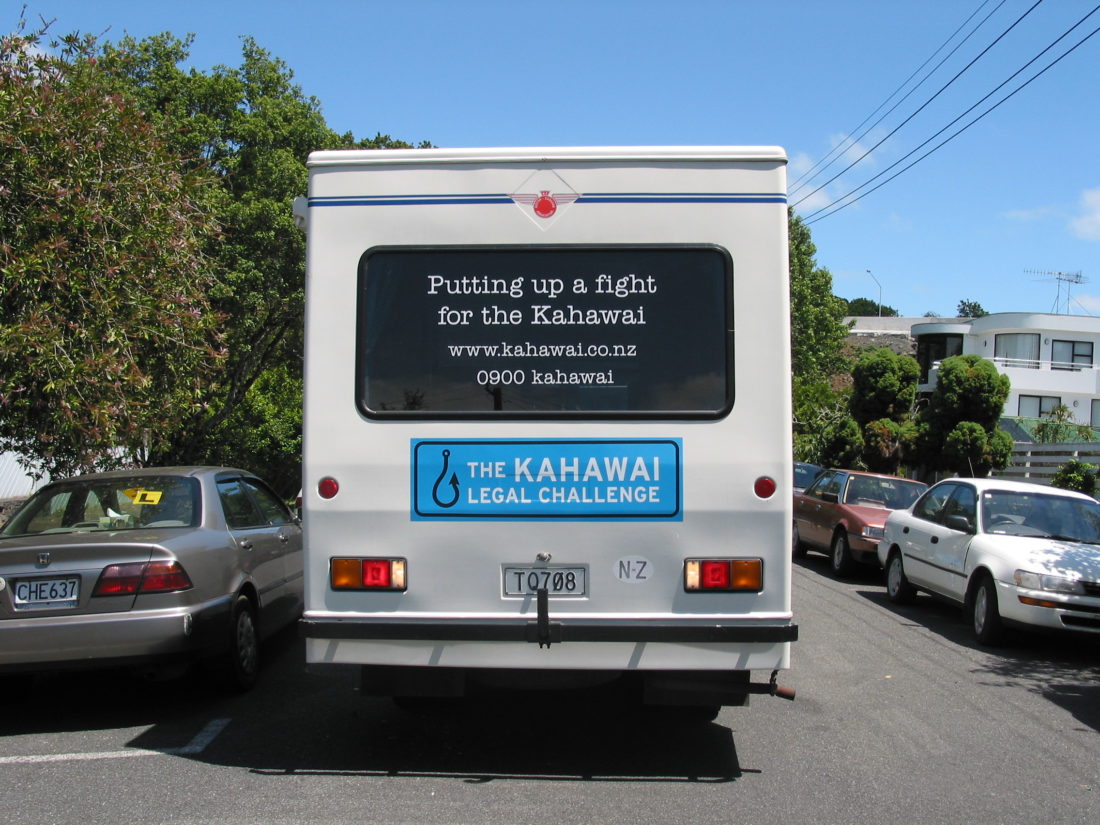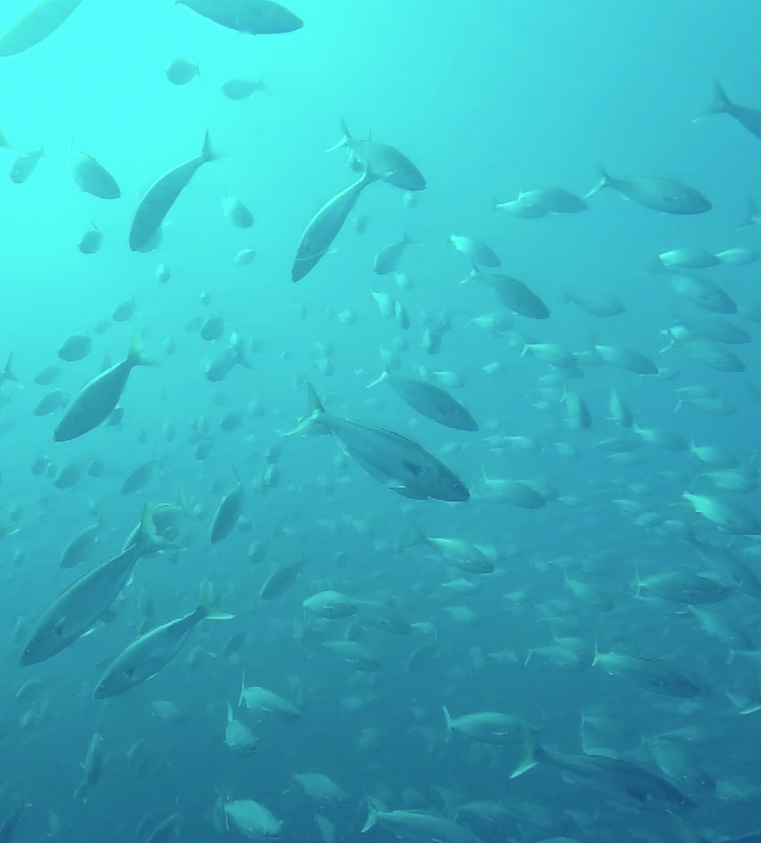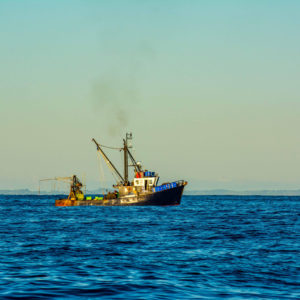“But to see the kahawai at its best we have to go to New Zealand. There, huge shoals of these fish range the coast and work away up the inlets and rivers. One of these big bodies of fish on the move is a stirring sight.” – Wal Hardy, The Saltwater Angler (1966).
Kahawai is a large-schooling, strong fighting fish that was once abundant around New Zealand’s coastline. They are an iconic species for recreational fishers and have always been an important food source for Māori. Kahawai was often the first fish a child would catch, and people used to marvel at the sight of their large schooling behaviour from the shore. Whether you were out on the water or fishing off the rocks, if you threw out a spinner the chances were high that you’d catch a kahawai.
Kahawai means ‘strong in the water‘. Long sought after by Māori, these sleek fighting fish are the second most popular recreational catch in New Zealand.
While times have changed, people still enjoy the rich-tasting kahawai to feed their family. It is these cultural and social experiences that make kahawai truly ‘the people’s fish.’
Kahawai management
In 1986 the government introduced the Quota Management System (QMS) in an attempt to rebuild severely depleted fisheries. Kahawai were not included at the outset of the QMS because the government’s focus was on managing more valuable species such as snapper and crayfish.
Kahawai were considered the poor cousin in terms of management. In the 1980s industrial fishers used purse seiners and spotter planes to hunt kahawai rather than pay fees to catch QMS species. It was essentially an off-season fishery to keep the boats and crews working. During this period thousands of tonnes (pgs.111-112) of kahawai were caught.
Many Kiwis were oblivious to the fact that very little respect was shown our kahawai. Those that knew and objected were largely ignored by fisheries managers. People were offended that commercial interests were not selling kahawai as food, instead they were exporting them for very low returns to customers such as the Australian crayfish bait and fishmeal market.
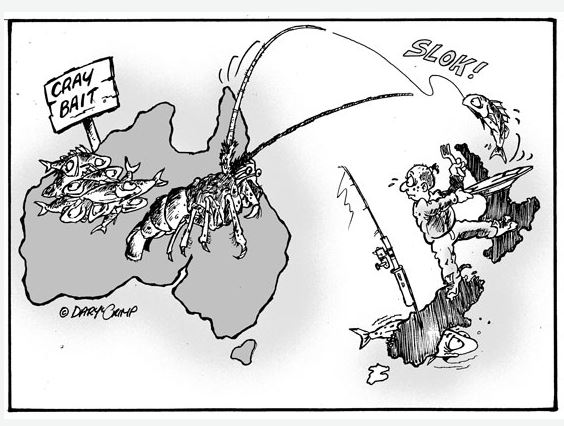
A 1996 fisheries research paper showed the kahawai population had declined to around 20% of its original, unfished population. By the 1990s commercial fishers working around the South Island were no longer able to catch their allowable limit. For such a prolific species this was a major indicator that the kahawai population was declining. There were growing concerns for the fishery as recreational fishers were also catching fewer kahawai nationwide.
Eventually kahawai were introduced into the Quota Management System. In 2004 the then Minister of Fisheries, David Benson-Pope, set Total Allowable Catch based on historical catch records, and decided to allocate much of the available quota to industrial fishers that had already fished out most of the kahawai using those purse seiners and spotter planes.
The companies that had done the most damage, those who had hoovered up most of the kahawai, were unjustly rewarded with the bulk of the quota.
Many small-scale commercial fishers did not get a fair allocation and little regard was given to kahawai as being a highly valuable species for recreational and traditional fishers.
The social and cultural aspects of traditional fishing, a day at the beach with the whānau, was merely a sideline in the rush to allocate as much quota to commercial interests as possible.
How did this happen?
In 2004 the Ministry of Fisheries issued a consultation document proposing several options for the future management of kahawai. The Initial Position Paper (IPP) was dated January 2004. Submissions in response to the proposals were due by 16th April 2004. option4, the NZ Big Game Fishing Council (now NZ Sport Fishing Council) and the NZ Angling & Casting Association strongly objected to the proposals and combined their efforts to submit by the deadline. You can read the submission here.
The Minister released his decision and the Final Advice Paper on 10th August 2004, with a commitment to review the decision in 2005. All parties to the original, joint submission were outraged at the decision and took action to challenge the decision.
The Minister’s decisions were unfair as they were not designed to rebuild the fishery to an abundant level within a reasonable timeframe. Moreover, the decisions locked recreational fishers into a proportional share while the fishery was at its lowest ever point. No account was given to the loss of access suffered by recreational fishers due to the lack of fish available, and the tonnages set aside to provide for recreational fishing were based on all-time low catches. On top of this, people were outraged that the Ministry was insisting that there was “no scarcity” of kahawai numbers.
So in 2005, another kahawai proposal document was released by the Ministry. Recreational groups combined their resources to submit on the new proposals, arguing that a 10% proportional reduction in catches on top of the 15% cut in 2004 did not address the fundamental issues of the causes of depletion nor did it provide for a faster rebuild of kahawai stocks.
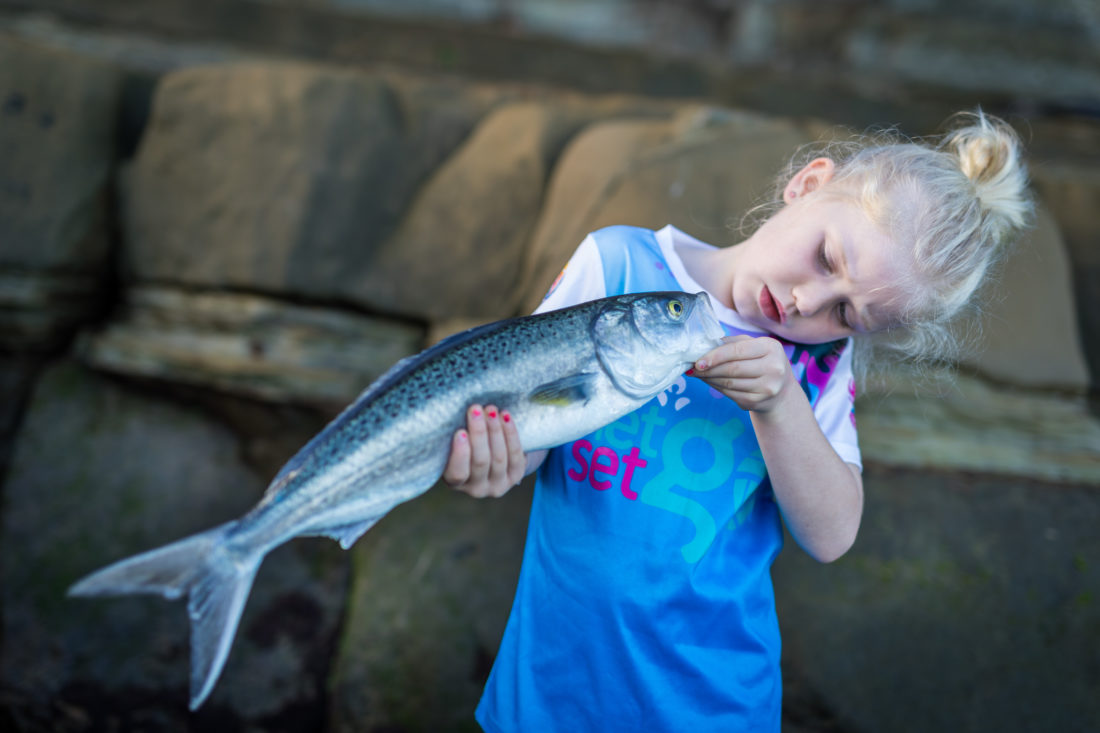
Kahawai campaign
Unsurprisingly, the Minister’s 2004 and 2005 decisions provoked an unprecedented wave of responses. People were particularly incensed that they had been denied access to a rich source of protein for years, and that the kahawai fishery was no longer abundant enough to provide for their social and cultural wellbeings.
A major campaign was launched. The New Zealand Sport Fishing Council spearheaded the challenge, known as the Kahawai Legal Challenge. Te Runanga A Iwi O Ngāpuhi and Te Runanga o Ngāti Whātua supported the challenge because kahawai was a traditional food source for many whānau in the north. While litigation was a common course of action for commercial interests, this was the first time recreational fishers had taken the Minister of Fisheries to court since the QMS was introduced 20 years prior.
“After years of having our rights trampled on the High Court has ruled in favour of claims by non-commercial fishers that our common law right to fish is recognised and protected in current fisheries legislation,” – The Kahawai Legal Challenge team (2007).
Kahawai Legal Challenge
In 2006 the Kahawai Legal Challenge team argued in the High Court that the Minister must consider people’s broad social, economic and cultural wellbeing when making decisions around fisheries resources.
The team sought clarification in protecting the rights of the non-commercial fishing public, and to obtain clear rulings from the High Court that non-commercial fishing interests are not limited to estimates of existing catch or some fixed proportion of total catch.
The ultimate goal was to ensure there were more fish left in the water, and to clarify the Minister of Fisheries’ decision-making powers for amateur and recreational fish species. The Court also heard a counterclaim by the fishing industry, led by Sanford and Sealord Group Limited.
The 2007 High Court decision was a comprehensive win for the fishery and recreational interests. Justice Harrison overturned the Minister of Fisheries’ 2004 and 2005 decisions for kahawai, saying the public right to fish must be ‘allowed for’ by the Minister so as to enable people to provide for their social, economic and cultural wellbeing. Full costs were awarded against the Crown, which they promptly paid.
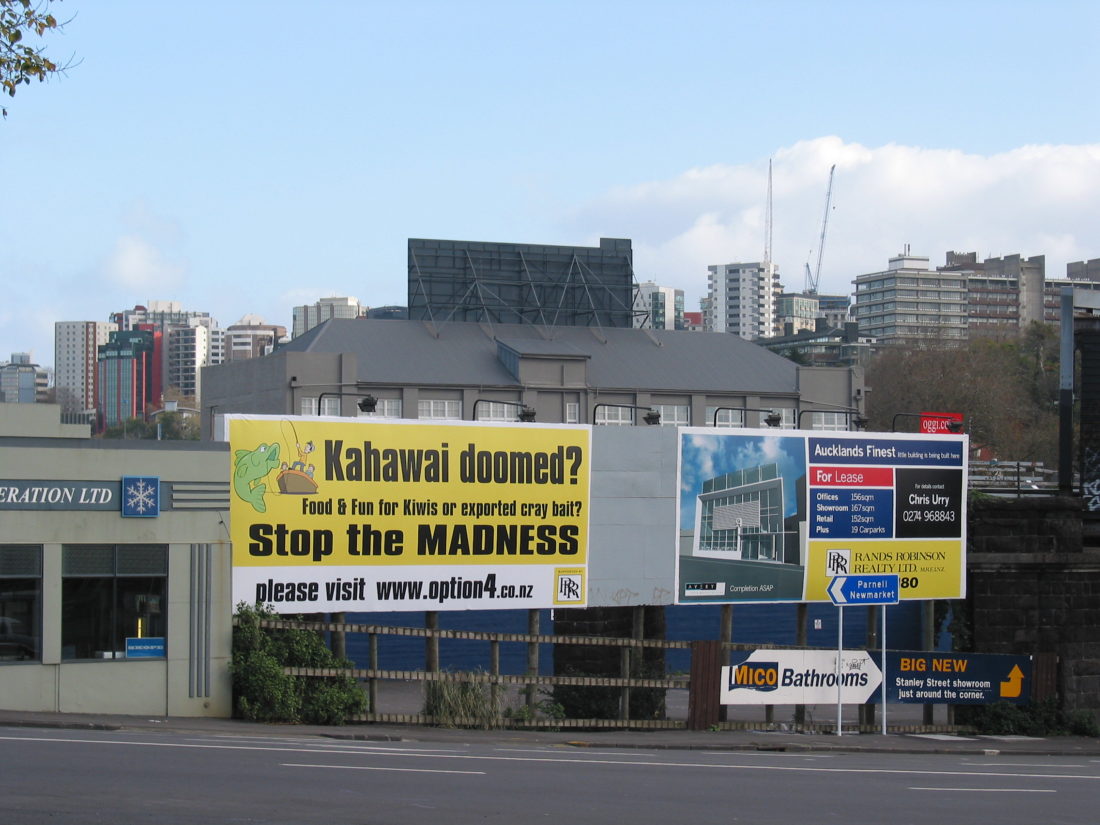
Sanford and Sealord appealed the 2007 High Court decision. The Court of Appeal hearing was held in Wellington, in February 2008. This time the Crown switched sides and supported the NZ Sport Fishing Council and recreational fishers. The June 2008 Court of Appeal decision overturned some of the earlier ruling and reconfirmed the 2007 High Court ruling, but other than that there was no significant outcomes.
After much consideration, recreational fishers applied to the Supreme Court to appeal some aspects of the earlier Court decisions. The Supreme Court hearing was held in Wellington in February 2009. The Court was asked to respond to the question: “Did the Minister of Fisheries, when setting the total allowable commercial catch for Kahawai under s21 of the Fisheries Act 1996 in 2004 and 2005, act in accordance with statutory requirements?”
Interestingly, the Crown switched sides again and this time opposed the public’s interest. In May 2009 the majority decision of the Supreme Court dismissed the appeal, and in a reserved decision the Chief Justice gave a dissenting opinion in support of recreational fishers. The majority decision clarified public rights, ruling that:
- The allowance for recreational fishing was not proportional – when allocating the available fish a Minister could provide more fish for the public and was not constrained by notions that commercial and recreational fishers had some sort of fixed shares in a Total Allowable Catch.
- Recreational fishers had a right to quality fishing; providing for people’s social wellbeing was an important part of their ‘interests,’ and any allowance had to be reasonable.
- The Minister could manage a stock at high abundance if he/she chose; indeed in the subsequent Court-ordered review the Minister chose to manage the largest North Island kahawai stock at more than 50% of the estimated original stock size, to better provide for recreational fishing interests
Ultimately, the Kahawai Legal Challenge was a test case spearheaded by the New Zealand Sport Fishing Council and supported by Te Runanga A Iwi O Ngāpuhi and Te Runanga o Ngāti Whātua.
Since 2010 the Minister has deliberately limited commercial catch of kahawai on the northeast coast of the North Island to enhance public fishing and there has been some regrowth of that fishery.
In the ensuing years the New Zealand Sport Fishing Council has increased its involvement in fisheries management and policy processes.
In 2012 the Council established LegaSea to reach out to the public, to help people better understand what is going on and why more fish in the water is good for all New Zealanders.
What about the future?
More recently the New Zealand Sport Fishing Council and LegaSea have developed and published a viable alternative to the Quota Management System. Our Rescue Fish – Ika Rauora policy is designed to restore marine biodiversity and ecosystem function by rebuilding depleted fish stocks.
None of this would have been possible if it wasn’t for the thousands of Kiwis who were willing to collectively contribute over $1.2 million to support the effort to achieve ‘more fish in the water’ and fairer decisions.
Kahawai decision day, May 28th, is a day worthy of national celebration. Every year.
Acknowledgements of groups heavily supportive of us during the Kahawai Legal Challenge
